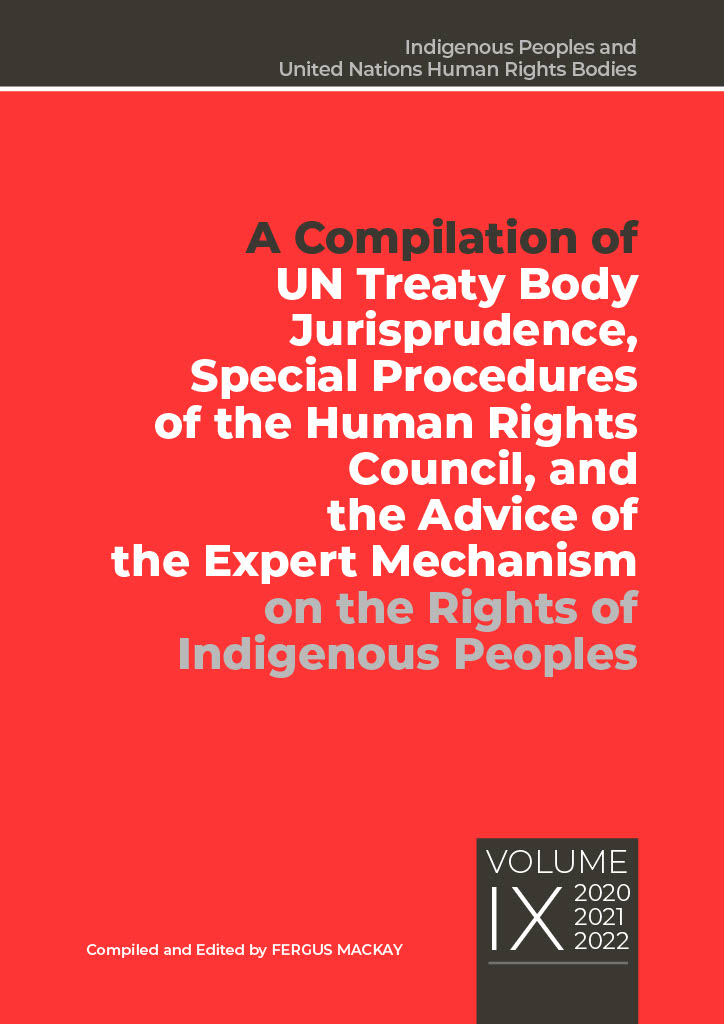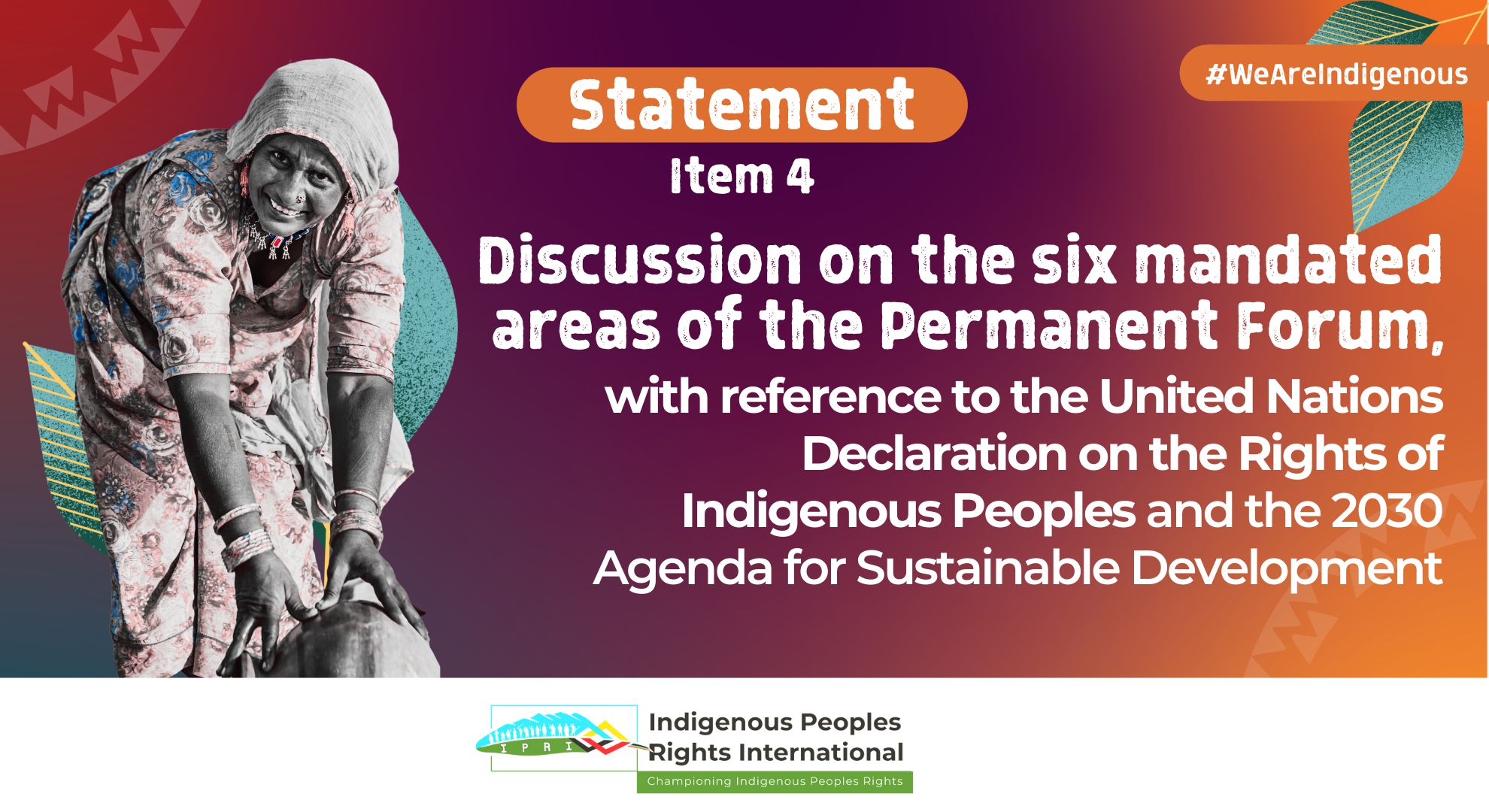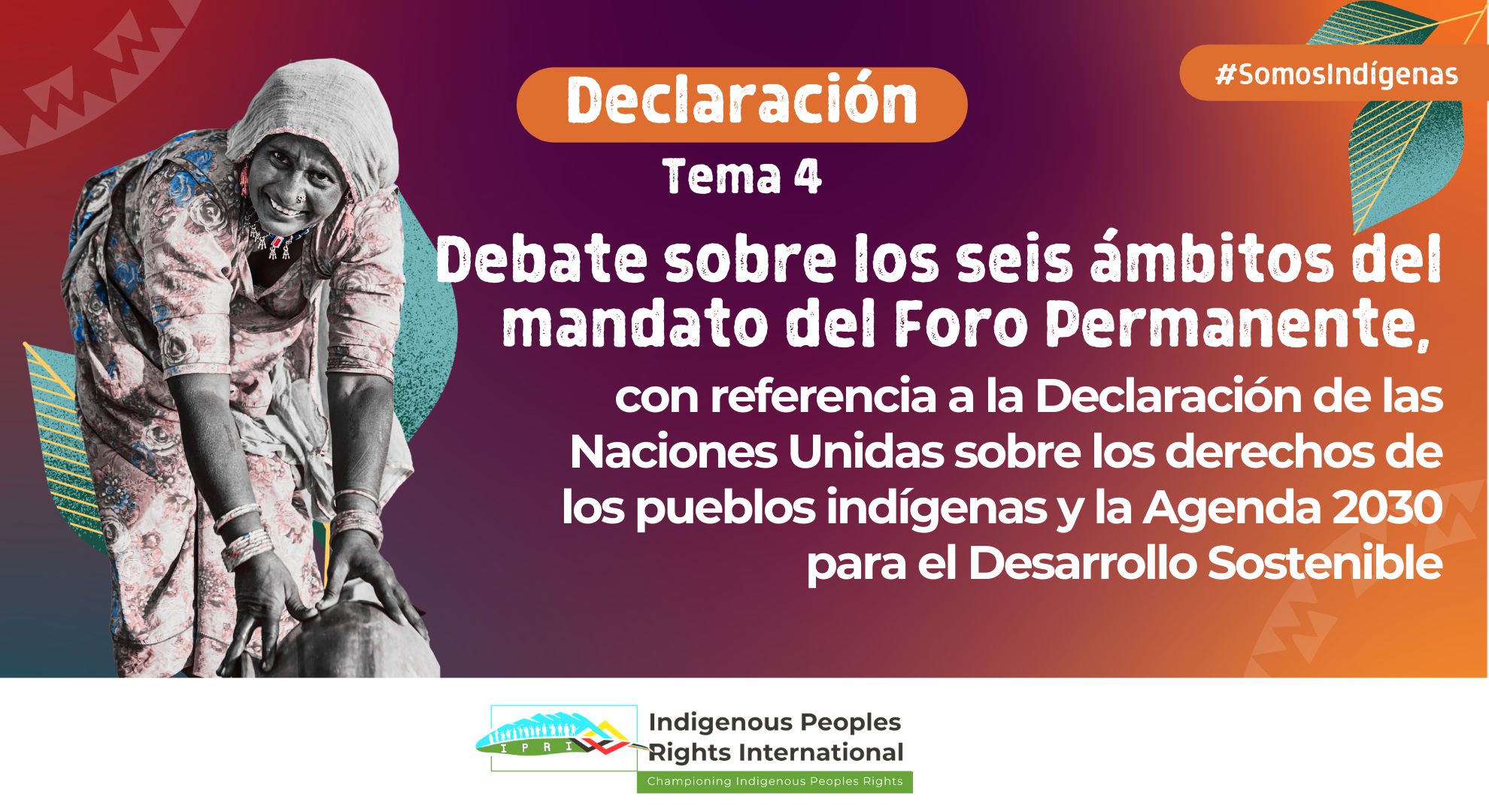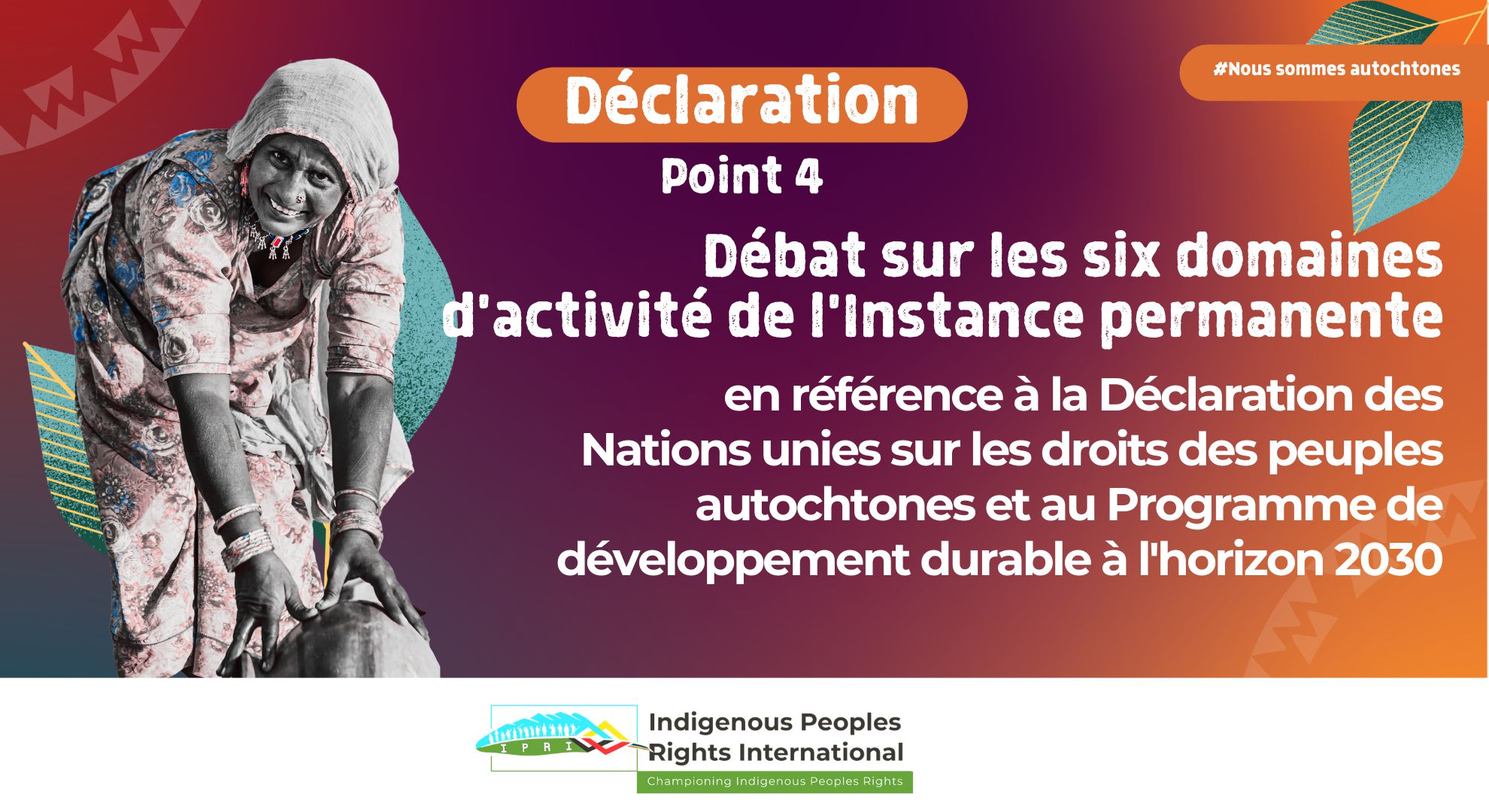Preface
This document contains Volume IX of the compilation of United Nations human rights bodies’ jurisprudence pertaining to indigenous peoples.1 It covers the period of 2020-2022. This volume is three years-long, rather than two years-long as was the case with most other volumes. This is due to the severe disruption caused by the Covid 19 pandemic, which saw some UN committee’s barely function for over a year. It also contains the advice of the Expert Mechanism on the Rights of Indigenous Peoples and the observations and recommendations of selected ‘Special Procedures’ of the Human Rights Council (e.g., Special Rapporteurs, Independent Experts and Working Groups). This period is especially noteworthy for the case law of the various UN Committees, almost all of which positively addresses indigenous peoples’ rights, including in relation to the UN Declaration on the Rights of Indigenous Peoples (“UNDRIP”).2 Some of these are noted below, they excerpted in the relevant sections, and links are provided to the full decisions. These decisions expand (and perhaps also concretize) the approach of reading the various binding UN human rights treaties conjunctively with the UNDRIP. This provides further support for the view that much of the UNDRIP restates existing law and, therefore, it should be seen as much more than a merely aspirational instrument.3 This is also evident in other aspects of the treaty bodies’ work. CEDAW’s General Recommendation No. 39, for instance, unambiguously states that the “Committee considers UNDRIP an authoritative framework to interpret state party and core obligations under CEDAW. All of the rights recognized in UNDRIP are relevant to Indigenous Women, both as members of their peoples and communities and as individual Indigenous Women, and ultimately in relation to the guarantees against discrimination in CEDAW itself.”





